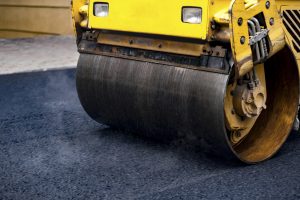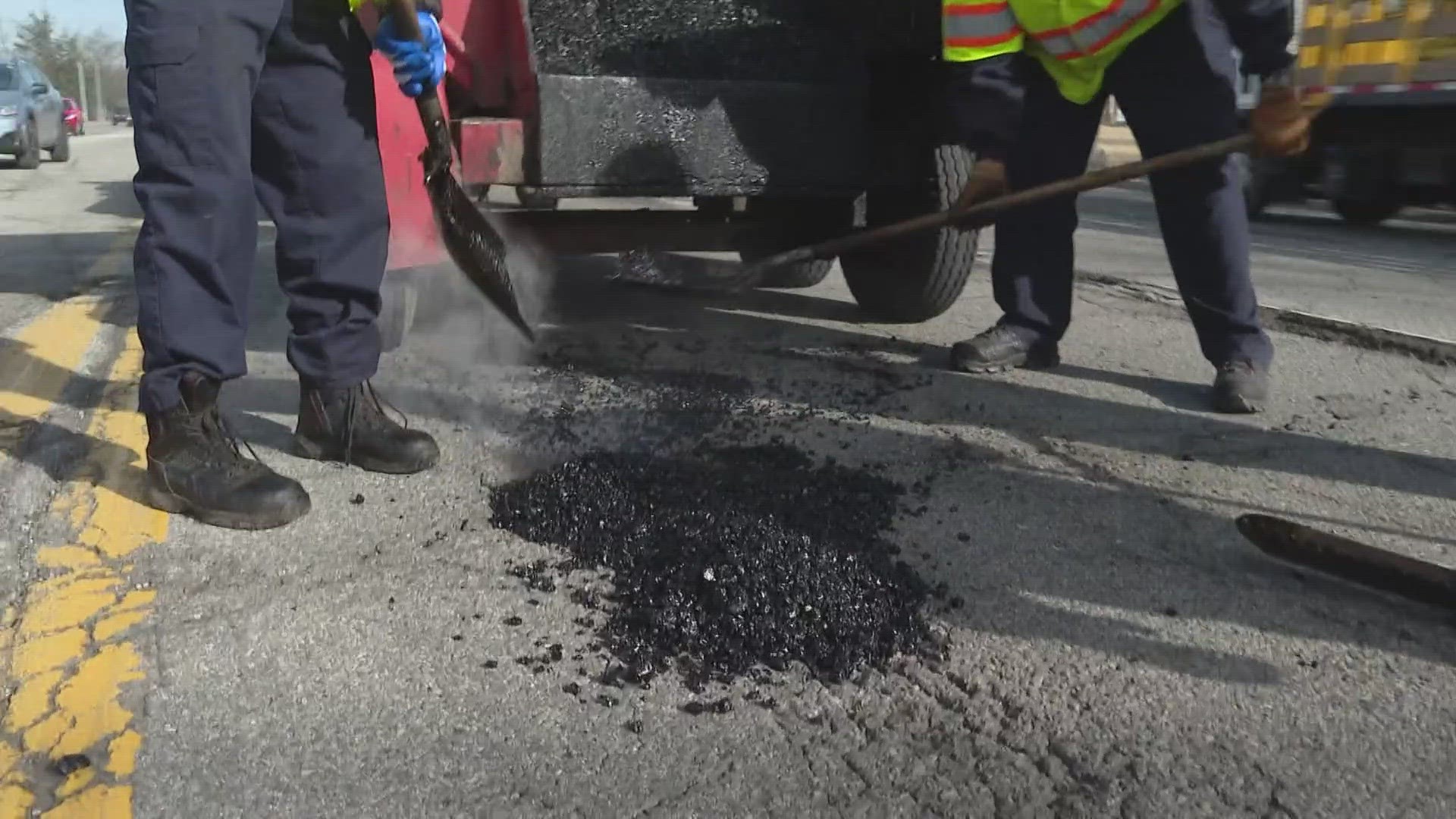Hot Mix Asphalt Paving: Redefining Commercial Property Landscapes
Hot Mix Asphalt Paving: Redefining Commercial Property Landscapes
Blog Article
Opening the Secrets of Warm Mix Asphalt Innovation
Exploring the midsts of hot mix asphalt technology discovers a world where meticulous processes and precise solutions assemble to form our roads and framework. The blend of fillers, binders, and accumulations isn't simply a construction task but a strategic orchestration of durability and effectiveness. As we peer into the detailed dancing of components, a tapestry of durability and sustainability unravels. What exists below this surface area of asphaltic proficiency, and what secrets wait to be unveiled in the realm of leading technologies?
Importance of Hot Mix Asphalt
Hot Mix Asphalt plays a crucial function in contemporary framework development because of its longevity and cost-effectiveness. As the most frequently used leading product for roadways, highways, and parking lots, Warm Mix Asphalt offers a variety of benefits that contribute to its relevance in building and construction jobs. One vital benefit is its capability to stand up to rush hour lots and harsh weather, offering a resilient and trustworthy surface area for transportation networks. Additionally, Warm Mix Asphalt is economical in both first building and construction and lasting maintenance, making it a favored selection for numerous infrastructure tasks.
The longevity of Warm Mix Asphalt stems from its structure, which includes aggregates, binder, and filler materials that are meticulously chosen and mixed to satisfy particular efficiency needs. On the whole, the relevance of Hot Mix Asphalt in facilities development can not be underrated, as it proceeds to be a cornerstone of contemporary construction methods.
Components of Asphalt Mixes
The make-up of asphalt mixes includes carefully selected accumulations, binder, and filler materials that are critical for accomplishing details performance requirements. Accumulations are the key component of asphalt mixes, supplying toughness and stability. These aggregates can be natural, such as crushed rock or smashed rock, or artificial, like recycled products from old sidewalks. The binder, commonly asphalt or asphalt cement, holds the aggregates with each other and supplies flexibility and resilience to the mix. The selection of the binder is important as it straight affects the mix's performance in different weather. Fillers, such as moisturized lime or Rose city cement, are used to boost the mix's workability and aging resistance. Angled Parking.
The combination and percentage of these parts play a substantial duty in identifying the quality and performance of the asphalt mix. Engineers meticulously make the mix to fulfill specific demands, taking into consideration factors like website traffic volume, environment problems, and pavement life expectancy. Appropriate option and balancing of accumulations, binder, and fillers are essential for producing long lasting, long-lasting asphalt pavements.
Mixing and Production Techniques

When the accumulations are chosen, the binder, usually asphalt cement, is added to bind the materials with each other. The binder's top quality and quantity significantly influence the mix's versatility, toughness, and resistance to ecological factors. Additionally, fillers like moisturized lime or Portland concrete may be integrated to boost details attributes of the asphalt mix, such as its workability or dampness resistance.
During manufacturing, the aggregates and binder are heated up, normally in between 250-325 ° F(121-163 ° C ), to assist in blending and guarantee correct finishing of the aggregates. The blending procedure must be extensive to attain a homogeneous combination that advertises the preferred efficiency qualities of the asphalt. Various methods, such as set mixing or drum blending, are employed to accomplish top quality and constant asphalt mixes for building and construction tasks.
Factors Impacting Asphalt Efficiency
Factors affecting asphalt performance encompass an array of variables that influence the resilience, longevity, and total top quality of asphalt pavements. One key variable is the top quality of go materials used in the asphalt mix. The kind and source of aggregates, the binder high quality, and the ingredients all play a substantial role in establishing the efficiency of the asphalt pavement. The gradation of accumulations is essential as it influences the mix's workability, security, and resistance to fracturing and rutting.

Style considerations, such as pavement thickness and water drainage, are vital in making certain the long-lasting performance of the asphalt sidewalk. By carefully taking into consideration these factors, professionals and engineers can maximize asphalt efficiency and improve the solution life of sidewalks.
Lasting Practices in Asphalt Technology

WMA permits for the manufacturing and placement of asphalt mixes at lower temperatures compared to conventional hot-mix asphalt, resulting in decreased energy usage and greenhouse gas discharges. The usage of permeable asphalt blends can assist reduce stormwater runoff concerns by enabling water to penetrate via the sidewalk and right into the ground, promoting natural water filtration and reenergize processes.
Verdict
To conclude, hot mix asphalt modern technology plays a crucial function in modern-day facilities development due to its resilience and cost-effectiveness. By thoroughly stabilizing parts, employing correct blending techniques, and thinking about different factors, engineers can produce high-grade asphalt mixes that stand up to rush hour lots and harsh climate condition. Welcoming sustainable practices, such as making use of helpful resources warm-mix innovations and recycled products, even more improves the environmental friendliness of asphalt modern technology.
Mixing and manufacturing strategies in warm mix asphalt technology involve the specific mix and handling of accumulations, binder, and fillers to develop a sturdy and high-performance asphalt mix.Variables influencing asphalt efficiency include an array of variables that impact the durability, long life, and total top quality of asphalt sidewalks. Lasting methods in asphalt innovation include numerous campaigns aimed at decreasing the environmental impact of asphalt manufacturing and paving processes. By incorporating redeemed asphalt pavement (RAP) and recycled asphalt shingles (RAS) into new asphalt blends, the market can considerably reduce the consumption of raw products and power, while additionally reducing landfill waste.
WMA permits for the manufacturing and positioning of asphalt mixes at reduced temperatures contrasted to traditional hot-mix asphalt, resulting in minimized energy intake and greenhouse gas discharges.
Report this page